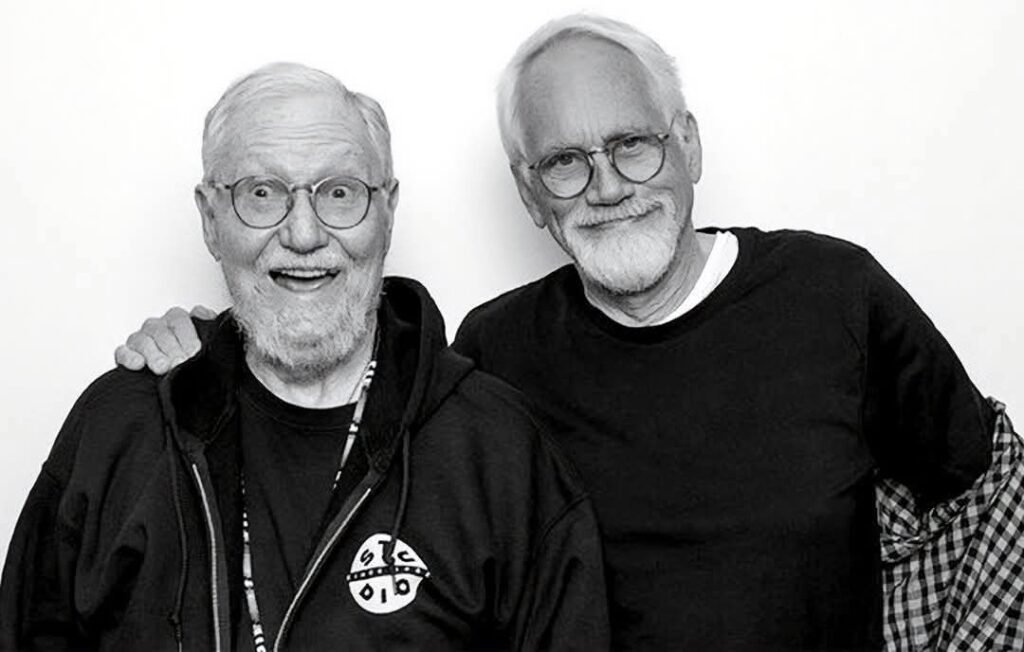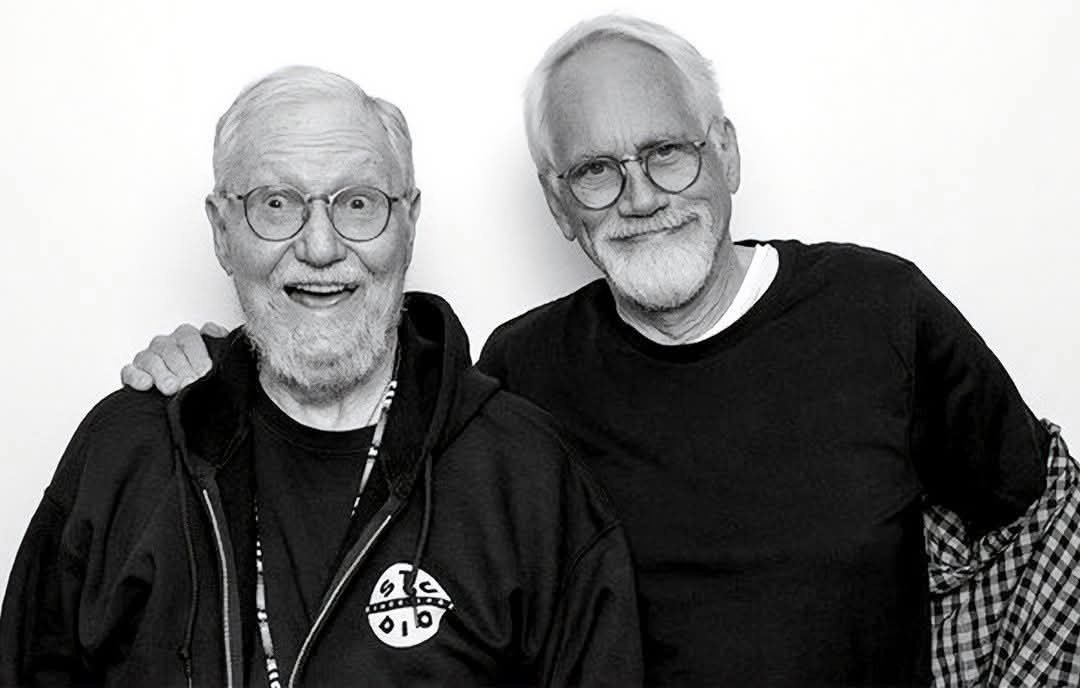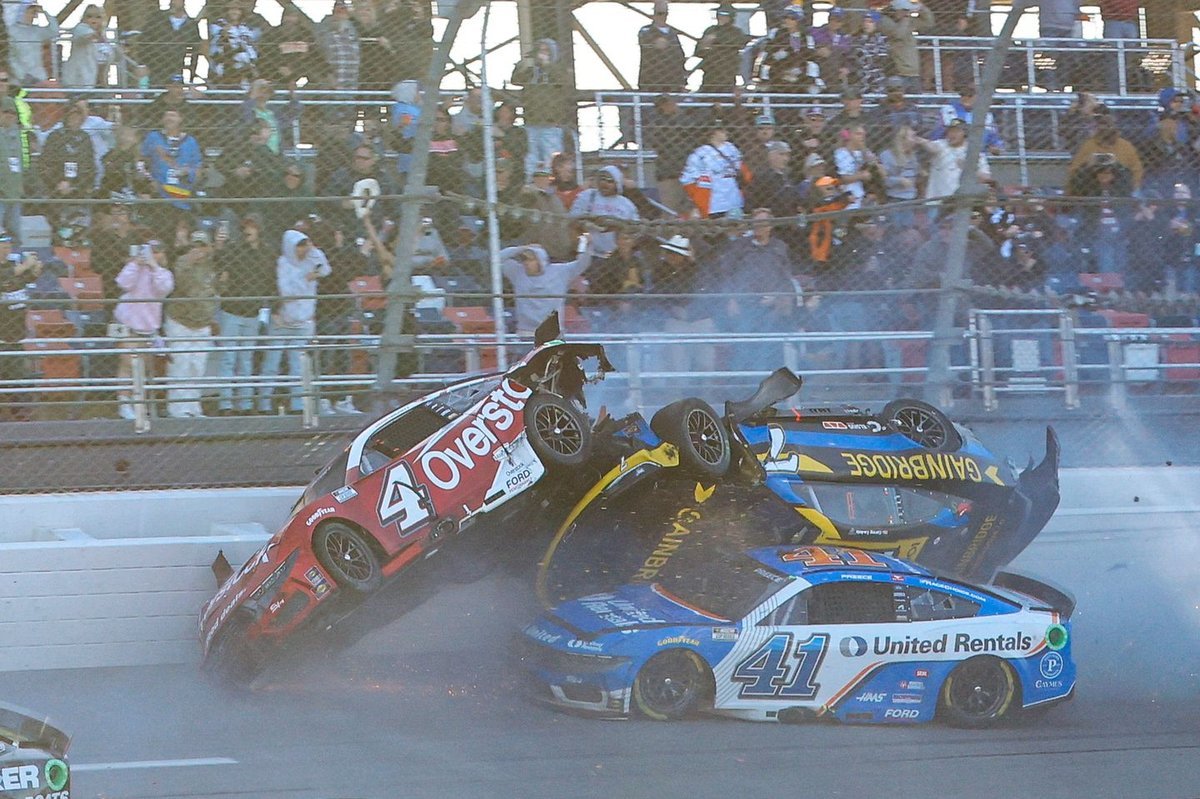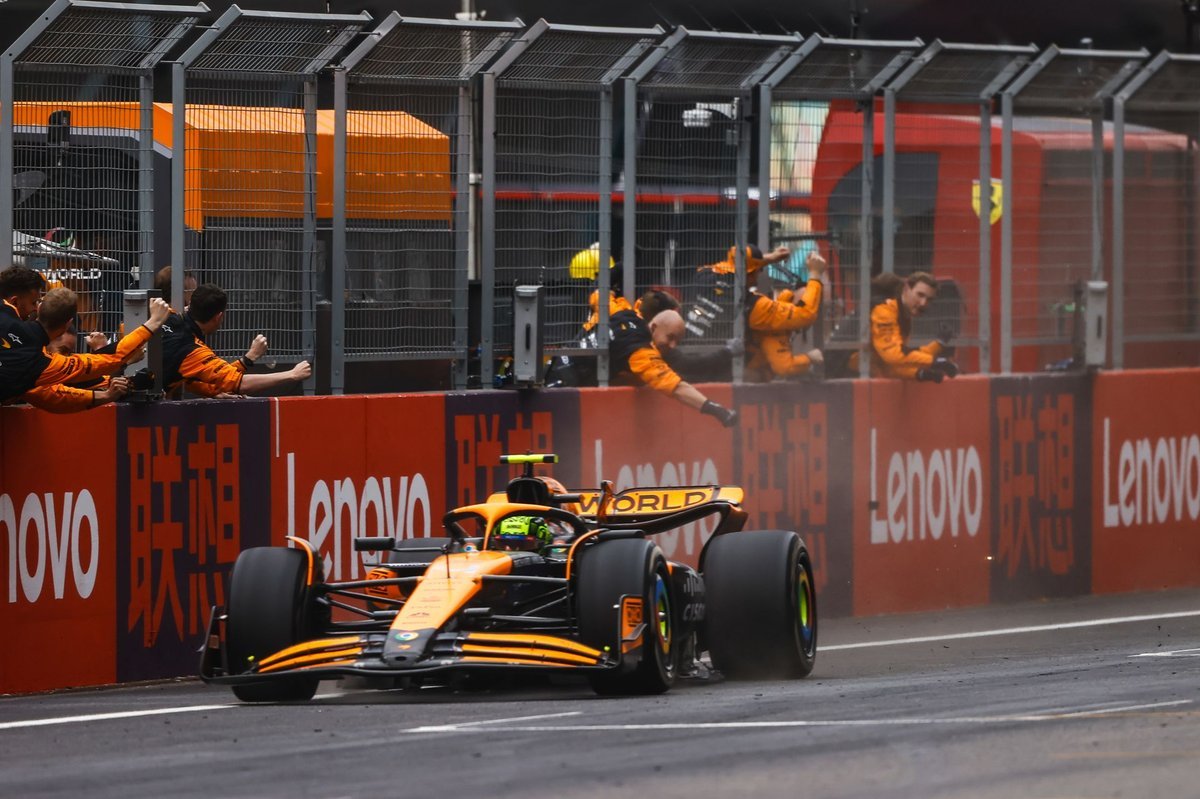
Discover Wieden+Kennedy’s creative process for the Formula 1 logo redesign, a fan-inspired rebrand blending heritage with modern speed and simplicity.
When Formula 1 decided to change its logo for the first time in 23 years, it wasn’t a small move. The iconic “flying one” design had become a symbol of speed and prestige. So, how did Wieden+Kennedy London pull off a redesign that would modernize the sport yet respect its legacy? The answer lies in a bold, research-driven process led by Executive Creative Director Richard Turley.
Before diving into the details, let’s outline what this article will cover.
Introduction to the Rebrand
Formula 1 is not just a sport; it’s a global spectacle. So, when Wieden+Kennedy London was handed the responsibility of creating a new identity in November 2017, the stakes were sky-high. For fans, changing the logo was like changing the DNA of the sport. But the creative team had a clear goal: keep the essence of F1 while giving it a fresh, future-ready look.
Why Change After 23 Years?
The old logo had served its time, but F1 was evolving. The sport was no longer just about racing; it was becoming an entertainment powerhouse. With Liberty Media taking ownership, the brand needed to connect with a younger audience, thrive on digital platforms, and look dynamic in every format—TV screens, social media, and trackside banners.
The Six-Month Global Research Study
Before sketching a single line, Wieden+Kennedy launched an extensive research campaign spanning six months. They reached out to fans worldwide to understand their emotional bond with the sport. What did they love about F1? What did they think needed to change? The insights gathered from this research became the foundation for every design decision.
What Did Fans Really Want?
Interestingly, fans didn’t want a total break from the past. They wanted something modern but still authentic. They craved a logo that screamed speed and precision without being overly complicated. Simply put, it had to honor F1’s legacy while embracing its future.
The Birth of a New Concept
Armed with these insights, the design team explored multiple concepts. The big idea emerged when they focused on two powerful images: the sleek silhouette of an F1 car and the thrilling moment two cars cross the finish line. Combining these elements gave birth to the minimalist “F1” logo we see today.
Design Inspiration: The Finish Line Moment
Think about the finish line in racing—a split second of victory, speed, and drama. That moment inspired the bold slant and sharp lines of the new logo. It was all about movement, flow, and the adrenaline rush of competition.
Sketching and Iterative Refinements
The first drafts were far from perfect. Dozens of sketches evolved through multiple refinements. Each iteration was tested for balance, clarity, and energy. Could it look just as good on a race car as it does on a smartphone? That was the ultimate test.
Balancing Modern and Retro Aesthetics
Richard Turley and his team didn’t want something cold or sterile. They aimed for a modern-retro feel—clean and contemporary but still warm and familiar. This balance helped bridge the gap between long-time fans and the new generation of viewers.
The Role of Monotype and Custom Typefaces
A logo isn’t complete without the right typography. Wieden+Kennedy partnered with Monotype to craft three bespoke typefaces: F1 Regular, F1 Turbo, and F1 Torque. These fonts weren’t just decorative—they were functional, designed for every branding need.
Why Three Typefaces? F1 Regular, Turbo & Torque
Each font served a purpose: F1 Regular for everyday use, F1 Turbo for fast-paced digital environments, and F1 Torquefor bold promotional materials. This versatility ensured the brand identity could adapt anywhere, from mobile apps to giant billboards.
Testing the Logo for Versatility
The logo had to work in every scenario—social media avatars, track signage, merchandise, and TV broadcasts. Its minimalist design made it highly adaptable without losing its identity, even in monochrome or tiny sizes.
Handling Initial Fan Backlash
Change is never easy, especially in a sport with such passionate followers. When the new logo debuted, many fans resisted, clinging to the old “flying one.” But over time, as people saw how well the design worked across platforms, acceptance grew.
The Media Response and Public Reception
Despite early criticism, the redesign earned widespread praise from design experts and major media outlets like BBC and Creative Review. Social media buzzed with over 35,000 tweets discussing the bold new look. The verdict? It was a risk worth taking.
Why This Logo Still Matters Today
Years later, the F1 logo continues to symbolize speed, innovation, and modernity. It’s more than a visual identity—it represents the sport’s evolution into a digital-first entertainment brand.
Final Thoughts on the Design Legacy
The Wieden+Kennedy rebrand wasn’t just about aesthetics; it was a strategic move rooted in fan insights, design excellence, and future-proof thinking. It showed how a logo can capture the heart and soul of a global sport while paving the way for its next chapter.
FAQs
1. Why did Formula 1 change its logo after 23 years?
The change was driven by a need for a modern, digital-friendly identity that could represent F1’s future as an entertainment brand.
2. Who designed the new Formula 1 logo?
Wieden+Kennedy London, led by Executive Creative Director Richard Turley, designed the new logo.
3. What inspired the design of the new logo?
The sleek profile of an F1 car and the moment two cars cross the finish line inspired the minimalist, dynamic design.
4. Why were custom typefaces created for the new branding?
Monotype designed three custom fonts—F1 Regular, Turbo, and Torque—to ensure versatility across digital and print platforms.
5. How did fans react to the new F1 logo?
Initially, there was resistance from fans, but over time, the design gained acceptance and was praised for its simplicity and adaptability.













